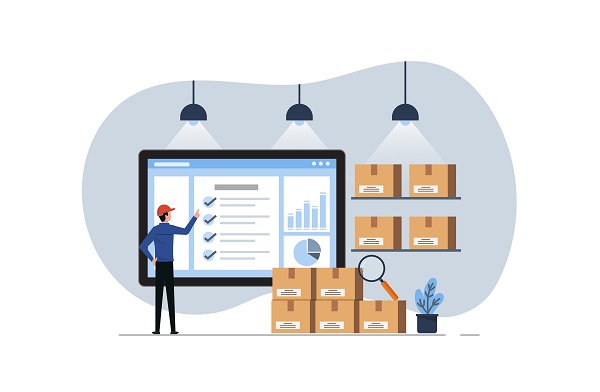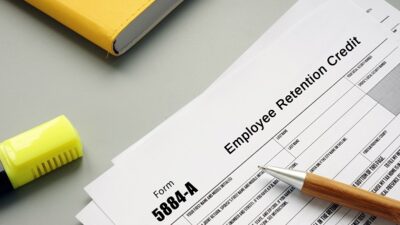By 2021, there were 20,000 warehouses in the United States and growing, according to the United States Bureau of Labor Statistics (BLS). With more warehouses expected to pop up in 2022 and beyond, one important consideration for businesses of all sizes is to keep track of their inventories. With different tracking and valuation methods, it’s important to understand how they work and what they can tell business owners.
Before inventory can be valued, it’s imperative to understand how it can be expressed mathematically:
Ending Inventory = Starting Inventory + Net Acquisitions – Cost of Goods Sold (COGS)
Now that inventory is better defined, understanding different approaches to inventory valuation are essential to keeping track. The first type of inventory valuation is referred to as FIFO or First In, First Out. This means that businesses sell their earliest produced inventory first and new inventory last.
Assume a company produces 500 widgets on day 1, costing $2 per widget. The same company then produces 500 widgets on day 2, costing $2.50 per widget. This method says that if 500 widgets are sold over the next week, the cost of goods sold (COGS), derived from the Income Statement, is $2 per widget because that’s how much the first 500 widgets cost to produce for inventory. The remaining widgets, 500 widgets at a cost of $2.50 per unit, would be accounted for under the ending inventory on the balance sheet.
One consideration, especially in an inflationary environment, for remaining inventory on the balance sheet is that a business might see a higher tax obligation. This is likely to occur because of higher net income due to a lower cost basis from the older inventory when assessing the COGS. Newer, more expensive inventory will naturally lead to a lower tax basis, especially if inflation falls and the retail cost is mitigated by decreased demand.
The next option is referred to as LIFO – or Last In, First Out. This means that businesses sell what they’ve produced first, then move on to the older inventory. If any inventory is left at the end of the accounting time frame, it’s accounted for accordingly. Assuming the same 500 widgets were sold in the particular accounting period, the time frame’s COGS would be $2.50 per widget, with the 500 widgets left over in inventory valued at the $2 per widget cost.
One important caveat to this type of valuation concerns inventory that’s perishable or becomes obsolete quickly (cell phones, televisions, etc.). It is not an effective method because the product will either spoil or become worth next to nothing due to highly competitive industries. For this approach, using the most recently produced goods first would lend their COGS basis to be higher. In one respect, the higher COGS basis can lower profits, but can also offset taxes due to the same effect. The third type of inventory valuation is referred to as Average Cost. This method is a way to blend LIFO and FIFO, which takes the average of inventory across all production and storage timelines. This approach averages costs in proportion to the number of widgets produced in each run, then calculates the mean cost to determine the ending inventory and COGS figures.
[(500 x $2) + (500 x $2.50)]/1,000 = ($1,000 + $1,250)/1,000 = $2,250/1,000 = $2.25
Therefore, the average cost for inventory using this method would be $2.25 per widget.
With different types of inventory valuation explained, there are considerations that businesses should be mindful of for each approach. This can make a difference to those running the company and potential investors and lenders contemplating investing in or loaning the company money.




